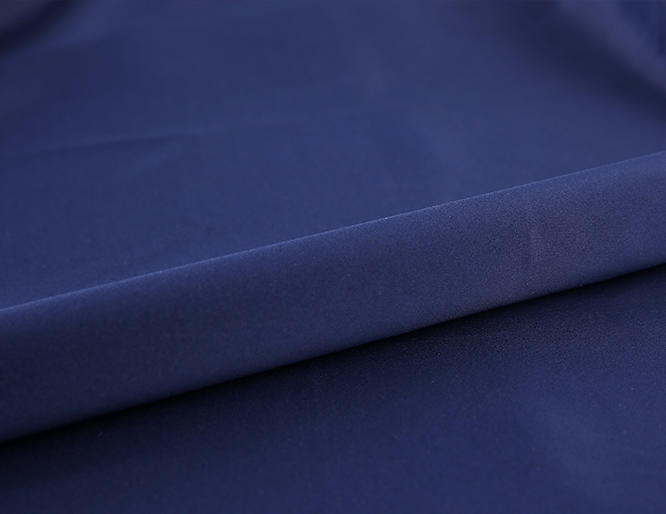Pocket Lining Fabric is the plain fabric that goes into pockets or other hidden parts of garments. It is typically a different fabric than the main shell (outer) fabric and can be made of cotton, polyester, or a blend. This type of fabric can be printed with a design or even in a specific color to add some extra flair to the pocket area, or to complement the overall fashion style of the garment.
The most common types of pocket lining fabrics are cotton or a mix of cotton and polyester. Cotton is a very soft material that will feel great against the skin. Cotton is also very durable and can hold up to everyday wear. If the cotton is woven with a bit of spandex, this can help it to stretch with the body for more movement.
Another type of pocket lining is silk. While this is not as common, it can add a touch of luxury and elegance to a suit or other formal attire. The most important consideration for pocket lining is that it be breathable so that the pocket can allow air to circulate freely. This will prevent moisture build up and the development of unpleasant odors in the pocket.
If the pocket lining is made of a woven fabric, the type of weave is very important. A tighter weave will offer more strength and durability than a looser one. A twill weave sleek, for example, is very popular for jeans but can also be used to create a suit with a more professional look.
In addition to the functionality of the pocket lining fabric, it is also important that the fabric be strong enough to stand up to everyday wear and tear. This includes abrasion from items in the pocket like keys and coins, as well as heavy pressure from sitting or lying down. Using a quality cotton fabric with a tight weave will ensure that the pocket lining will be able to withstand this kind of pressure and not sag or stretch.
A good pocket lining fabric should also be able to provide some resistance to sharp objects that might be placed in the pockets. This can include things like pens, billfolds, and other items that might cause abrasions or cuts if they are left laying in the pockets for long periods of time.
Pocket lining is not always given a lot of attention when sewing a shirt, pants, or suit coat, as it is not very visible and is not usually part of the fashion style of the clothing item. However, it is an important component that should be carefully selected to ensure that the garment will function properly and last for a long time. If the pocket lining becomes damaged, it is important to understand how to mend the fabric and keep the integrity of the garment intact.



 English
English 中文简体
中文简体








